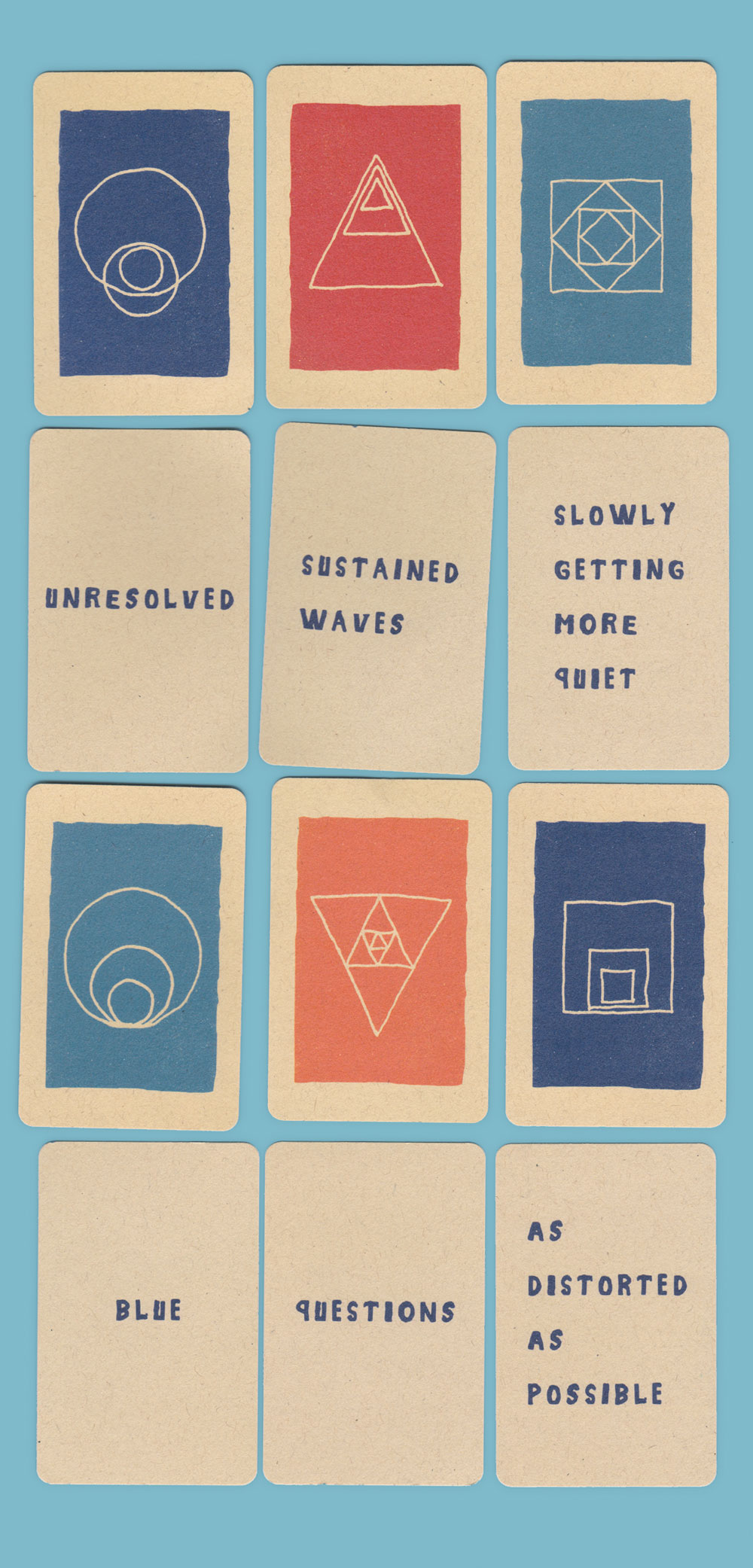NUGEN Audio is back with a brand new metering plug-in, Halo Vision, that takes their stereo-based Visualizer and expands it into the surround and Dolby Atmos/immersive audio world. Halo Vision provides a customizable layout of up to six meter types (plus timecode display) ranging from stereo all the way to 7.1.2.
Much of my mix work these days is Atmos-based for release on the streaming platforms that support the format (Apple Music, Amazon, Tidal). If you aren’t familiar with the delivery specifications for immersive audio content it is very strict, similar to broadcast or film audio. Absolute levels must be adhered to or the file will likely be rejected by the delivery platforms, or by the aggregators feeding the content to them. This makes accurate and informative metering a must compared to standard stereo mixing where, as long as one isn’t clipping the mix, anything goes (and some even ignore that). Immersive audio must meter no higher than -18 LUFS (Loudness Units relative to Full Scale) for the full multichannel mix (up to 128 objects in Atmos) so that all of the possible downmix formats have enough headroom to not clip. It’s tricky work and can’t be ignored!
The NUGEN folks are no strangers to surround/multichannel design with their Halo Upmix and Halo Downmix plug-ins being de rigueur in the post production world for a few years. They also have their more recent Paragon multichannel convolution reverb, so they were properly positioned to expand the comprehensive stereo metering of Visualizer to the fast-growing immersive audio sphere. Halo Vision is available as an AAX, AU, and VST3 plug-in, so there’s support in all the major DAWs that are supporting immersive/spatial audio (Avid Pro Tools, Apple Logic, Steinberg Cubase/Nuendo).
The Halo Vision plug-in defaults to opening with all meters and timecode visible. The UI is freely adjustable in size and the timecode display can be set to frames, samples, or milliseconds. The Peak Meters can be arranged horizontally or vertically and set to read True Peak, Sample Peak, or Apple Peak. They also have adjustable range, peak, and fallback times. These are very responsive meters and provide instantaneous visual feedback for all the channels of a given instance of the plug-in.
The Spectrum view can show a combined FFT (Fast Fourier Transform) view of all channels present combined into one graph. When in Group mode, groups of channels (these can be user-defined), can be displayed each in a different color superimposed upon each other. For instance, you can view how your front L/R channels may be relating to your rear L/R channels. The frequency and level scales are freely zoomable by dragging on the readouts to the left or bottom of the Spectrum pane.
These views will be familiar to anyone that has used metering plug-ins before, Halo Vision also has some unique phase meters. First, Correlation Matrix displays how every channel in the 7.1.2 matrix relates to every other channel simultaneously and is continually updated using colors to warn when relationships are going anti-phase. The other phase meter is Correlation Web, which is a circle with all the channels of the plug-in width displayed around the circumference, and each channel connects to every other one with a “web” of green lines. I love these meters because they point out problem spots that can sometimes be difficult to hear in a dense, multichannel mix.
The final two meters are in the “Haze” category. Frequency Haze shows the distribution of frequencies from lows starting at the center of the circle, then spreading outward for higher ones, with the channels distributed in a circular approximation of their speaker positions in the room. For height channels, there’s a separate half circle to the right or underneath the main circle (depending on the layout of the UI). Location Haze is similar but describes the energy intensity and distribution among the speakers; brighter colors indicate more energy.
Each of the meters can be freely moved about the UI to position it where it is most preferred. They can also be zoomed to take over the entirety of the UI when it’s important to focus on one particular thing while troubleshooting. Individual meters can also be removed from the display if you should find one or more that isn’t important to your metering needs.
I adore the Halo Vision meters when I’m mixing in everything from stereo all the way up to Atmos 7.1.4. I use two sets of the meters in my Atmos template, one for the 7.1.2 bed and another exclusively for my 4-channel height bus made up of separate objects to get around the Pro Tools limitation of a maximum 7.1.2 channel width. I don’t send my LFE channel to the 7.1.2 bed, so I effectively only monitor a 7.0.2 output for my main output. It would be handy if I was somehow able to pipe my separate LFE Aux channel into Halo Vision and see it with the rest of the bed, but I can manage without it. The only other “problem” is the UI becoming a blank white rectangle when changing the size of the plug-in, but it redraws quickly when the mouse is let go – small issue, but worth a mention.
Once again, NUGEN has come up with a perfect utility that provides so much feedback, it’s crazy not to work with it, especially when levels and phase coherence are deal-breakers for immersive mixing. Get it!




_disp_horizontal_bw.jpg)